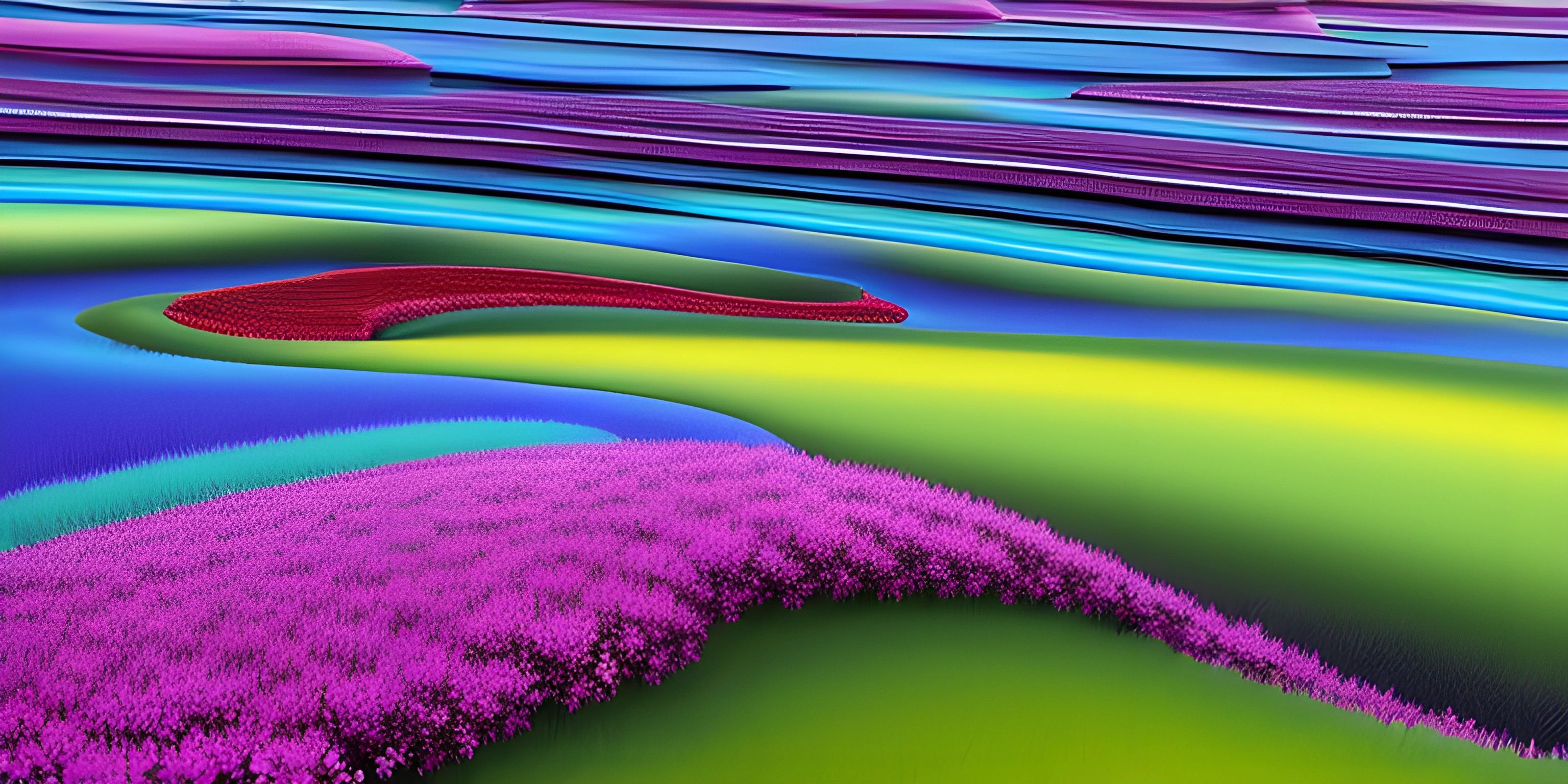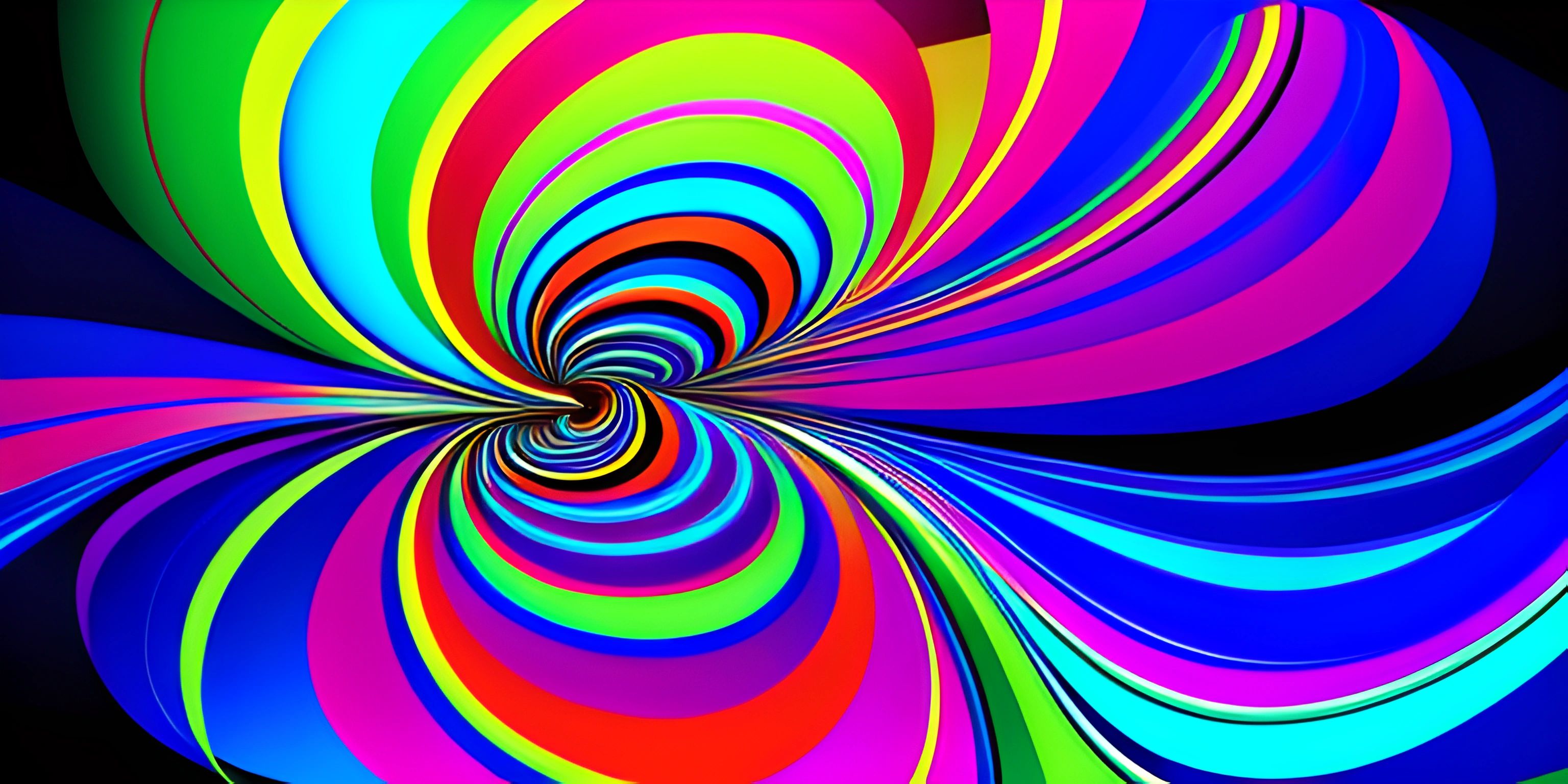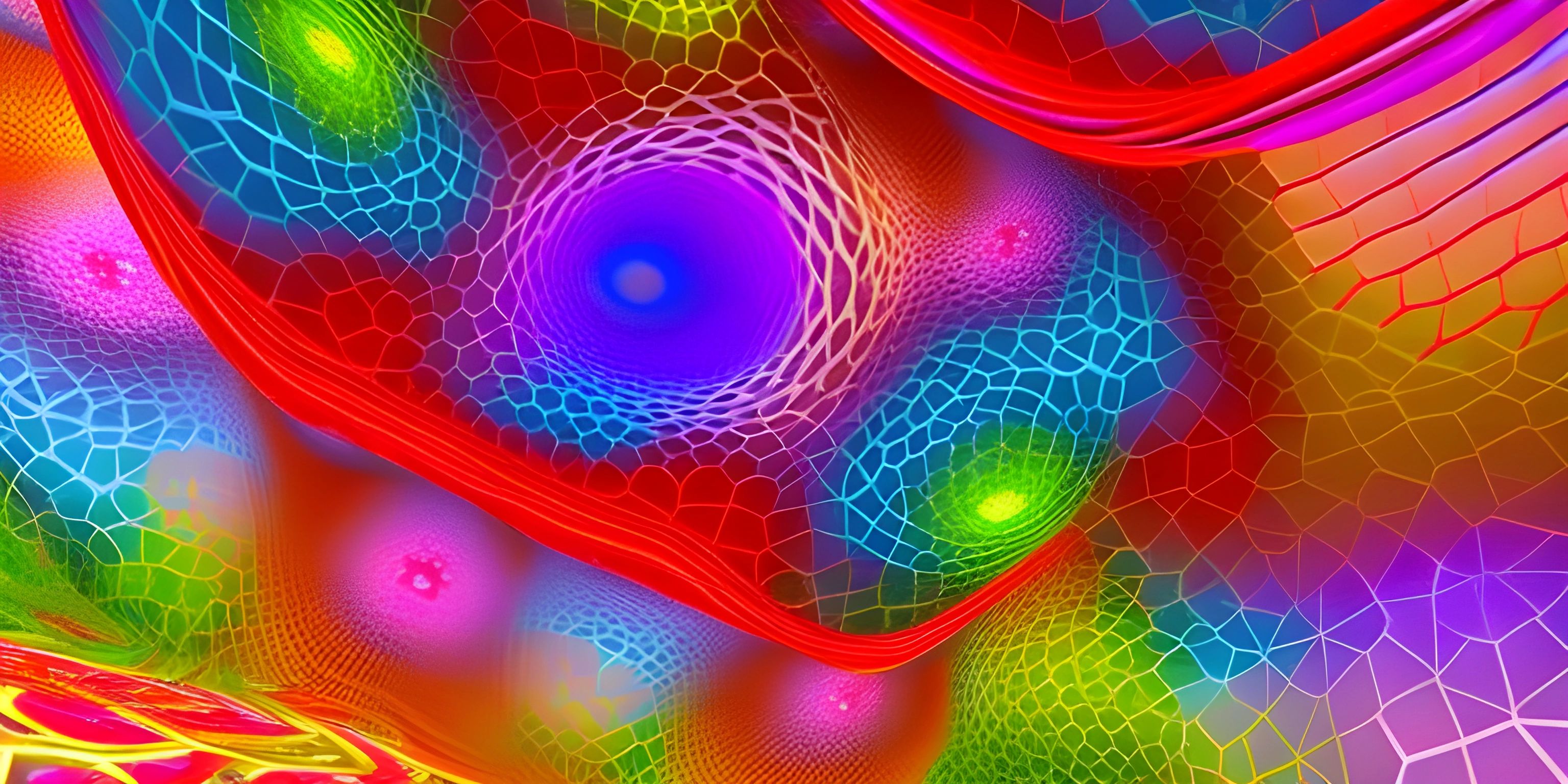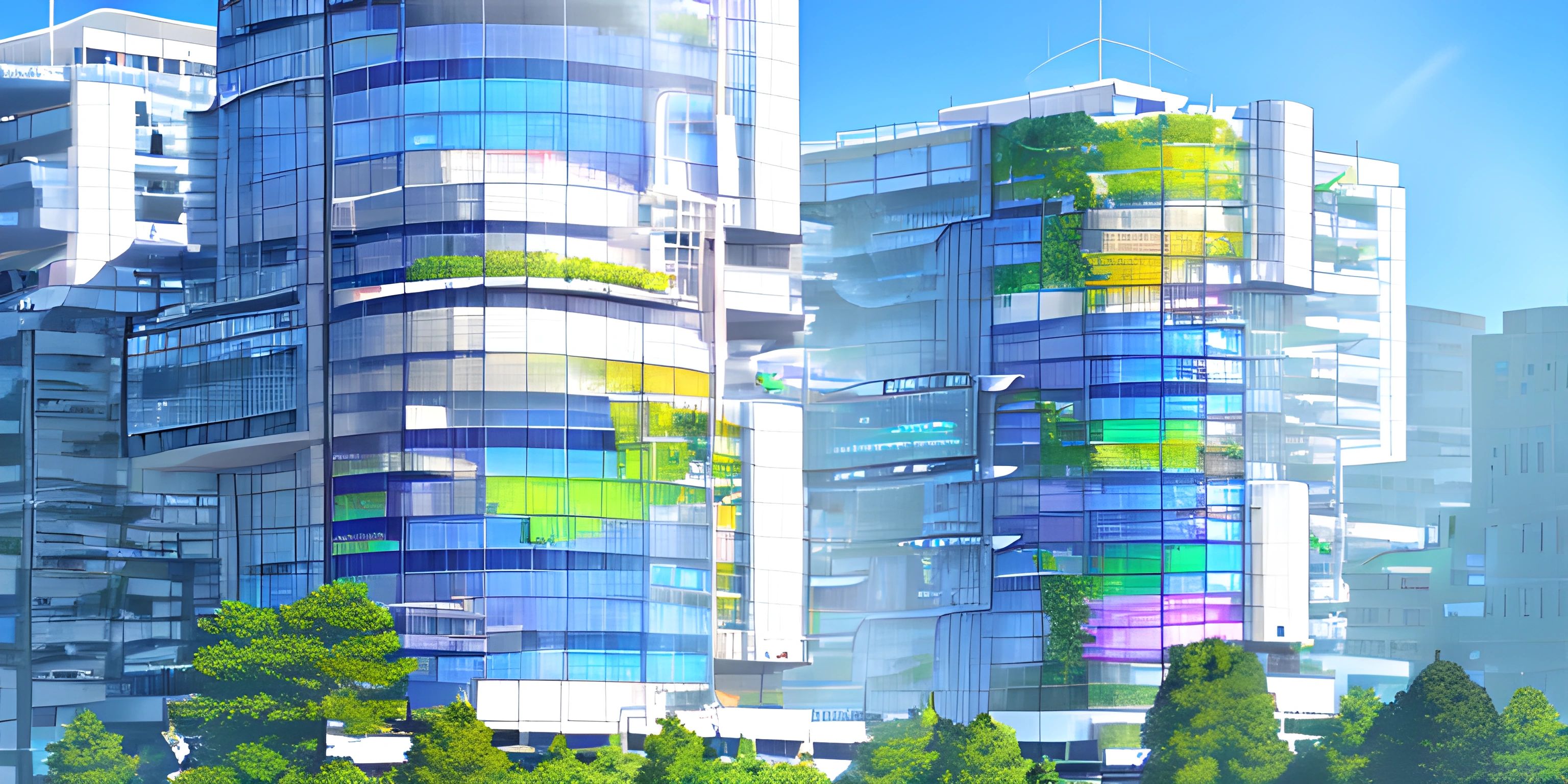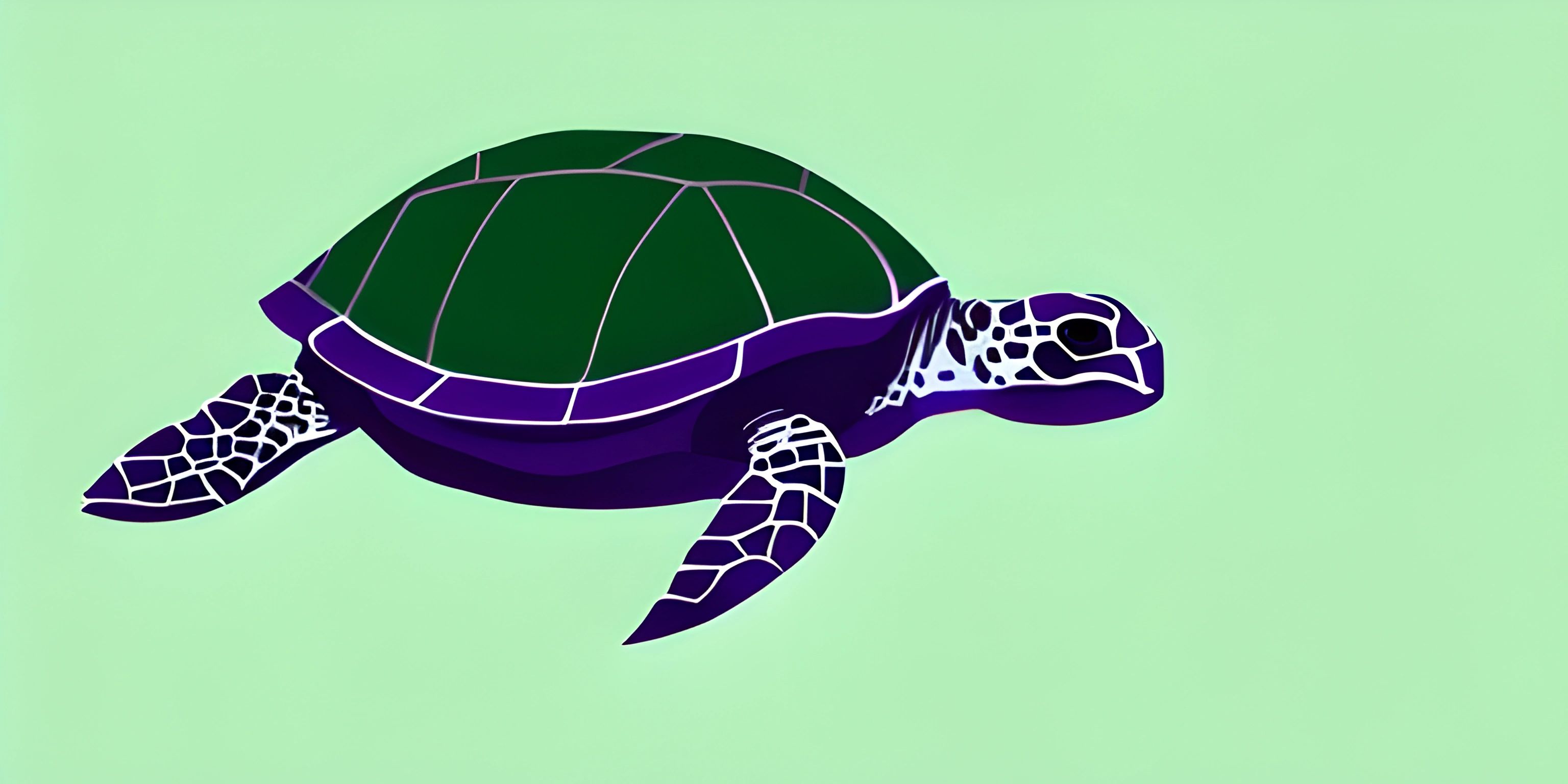Creative Coding Concepts and Techniques
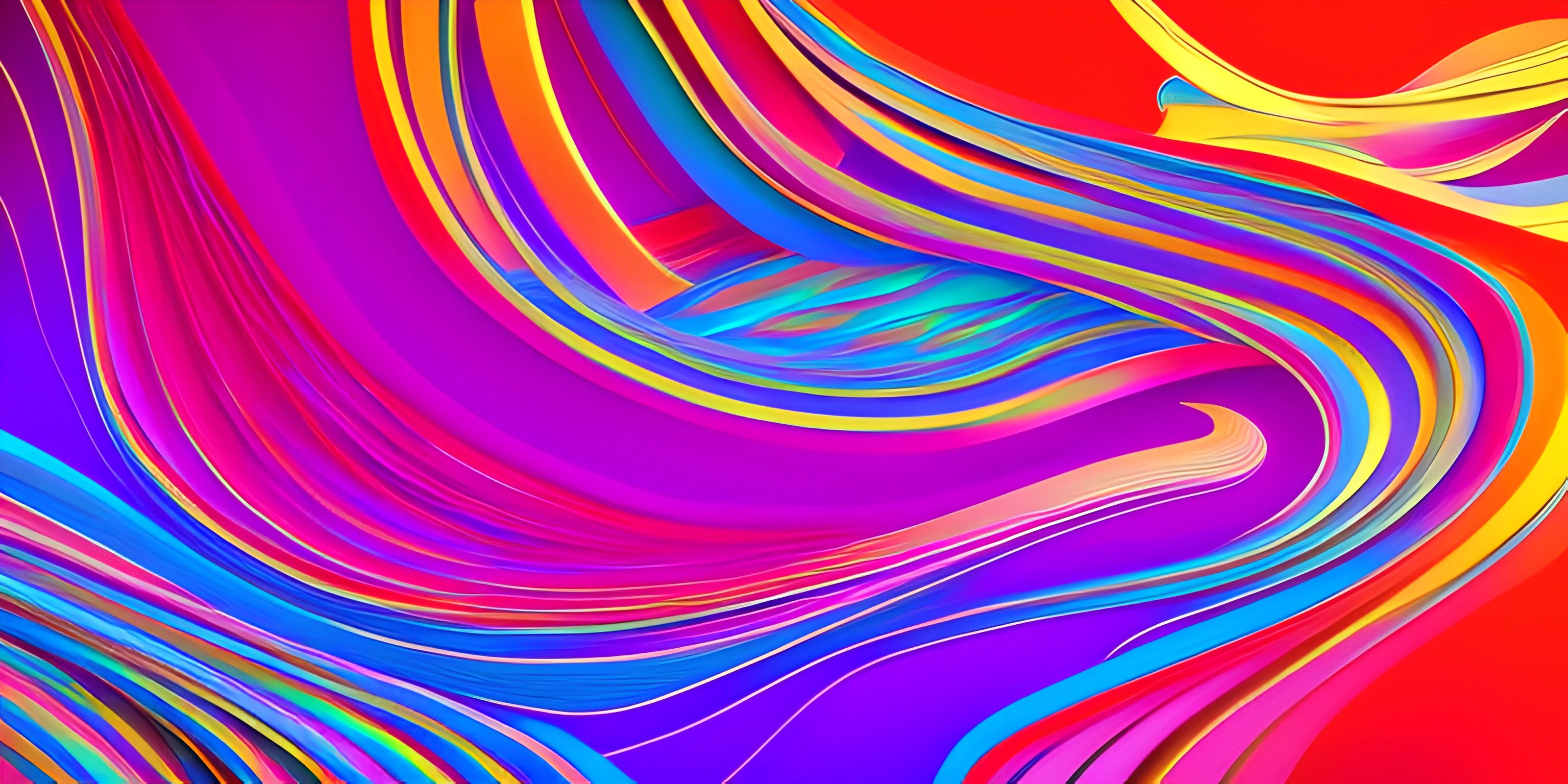
Note: this page has been created with the use of AI. Please take caution, and note that the content of this page does not necessarily reflect the opinion of Cratecode.
Say goodbye to the monotonous world of traditional programming, and step into the vibrant realm of creative coding! Creative coding is where programming meets art, and code becomes a medium for expressing artistic ideas. From mesmerizing visuals to interactive installations, creative coding allows programmers to unleash their creativity and transform dull lines of code into exciting digital masterpieces.
Generative Art
One of the most popular applications of creative coding is generative art. This technique uses algorithms and mathematical concepts to create dynamic, ever-changing visuals. The randomness and unpredictability of generative art make it an exciting form of expression, as even the artist can be surprised by the results!
The Power of Randomness
A key ingredient in generative art is randomness. By incorporating random values into your code, you can create unique, unexpected patterns and visuals. Here's an example using Processing, a programming language designed for creative coding:
void setup() {
size(800, 800);
background(255);
}
void draw() {
float x = random(width);
float y = random(height);
ellipse(x, y, 10, 10);
}This simple sketch creates a canvas and continuously draws random ellipses on it. The random() function generates random numbers, causing the ellipses to appear in unexpected locations, creating a mesmerizing effect.
Procedural Graphics
Procedural graphics is another fascinating area of creative coding. It involves creating visuals using mathematical formulas and algorithms, rather than hand-drawing them. This approach allows artists to generate complex, intricate patterns and visuals with ease.
Fractals
A classic example of procedural graphics is fractals. Fractals are intricate, self-similar patterns that can be created using recursive algorithms. The Mandelbrot set is a famous example of a fractal, which can be visualized using creative coding.
import pygame
import numpy as np
width, height = 800, 800
pygame.init()
screen = pygame.display.set_mode((width, height))
pygame.display.set_caption("Mandelbrot Set")
def mandelbrot(c, max_iter):
z = c
for n in range(max_iter):
if abs(z) > 2:
return n
z = z*z + c
return max_iter
def render_mandelbrot(xmin, xmax, ymin, ymax, width, height, max_iter):
pixels = np.zeros((width, height))
for x in range(width):
for y in range(height):
zx, zy = x * (xmax - xmin) / (width - 1) + xmin, y * (ymax - ymin) / (height - 1) + ymin
c = zx + zy * 1j
pixels[x, y] = mandelbrot(c, max_iter)
return pixels
pixels = render_mandelbrot(-2, 1, -1.5, 1.5, width, height, 256)
pixel_array = np.array(pixels, dtype=np.uint8)
surface = pygame.surfarray.make_surface(pixel_array)
running = True
while running:
for event in pygame.event.get():
if event.type == pygame.QUIT:
running = False
screen.blit(surface, (0, 0))
pygame.display.flip()
pygame.quit()In this Python example, we use the Pygame library to render the Mandelbrot set, showcasing the beauty of procedural graphics.
Creative coding opens up a whole new world of possibilities, where programming and art become one. Whether you're a seasoned coder or a budding artist, there's never been a better time to dive into the colorful universe of creative coding!
Hey there! Want to learn more? Cratecode is an online learning platform that lets you forge your own path. Click here to check out a lesson: What Programming Means (psst, it's free!).
FAQ
What is creative coding?
Creative coding is the process of using programming languages and techniques to create visually engaging and interactive digital art or design. It combines the logical and analytical aspects of coding with the creative and imaginative aspects of art, allowing developers to express themselves artistically through technology.
What are some popular programming languages used in creative coding?
Some popular programming languages used in creative coding include:
- Processing: A Java-based language designed specifically for creative coding and visualization.
- p5.js: A JavaScript library that makes it easy to create graphics and interactive experiences in the browser.
- openFrameworks: A C++ framework for creative coding that offers a wide range of tools and libraries for graphics, sound, and interaction.
- TouchDesigner: A node-based visual programming language for real-time interactive multimedia content.
Can you give examples of techniques used in creative coding?
Sure! There are numerous creative coding techniques, but some common ones are:
- Generative art: Art created through algorithms and rules that produce unique, non-repeating visuals.
- Data visualization: Representing complex data sets using visual elements like charts, graphs, and maps.
- Interactive installations: Combining physical and digital elements to create immersive, participatory experiences.
- Shader programming: Writing code to manipulate graphics hardware and create unique visual effects in real-time.
How can I get started with creative coding?
To get started with creative coding, you can follow these steps:
- Choose a programming language or framework that suits your interests and goals. For beginners, Processing or p5.js can be great choices.
- Explore tutorials, examples, and documentation to learn the basics of your chosen language or framework.
- Work on small projects to practice and hone your skills.
- Join creative coding communities and forums to share your work, get feedback, and learn from others.
- Attend workshops, conferences, and events to further expand your knowledge and network with fellow creative coders.
Are there any resources available to learn creative coding?
Yes, there are many resources available to learn creative coding, such as:
- Online tutorials and courses: Websites like The Coding Train, Generative Design, and CreativeApplications.Net offer great tutorials and examples.
- Books: Titles like "Generative Art" by Matt Pearson, "The Nature of Code" by Daniel Shiffman, and "Creative Coding and Data Visualization with p5.js" by Ben Fry and Casey Reas are excellent starting points.
- Forums and communities: Engage with other creative coders on platforms like the Processing Foundation Forum, openFrameworks Forum, and Reddit's r/creativecoding community.
- Workshops and events: Keep an eye out for local and international creative coding workshops, conferences, and festivals to attend and learn from the experts.

